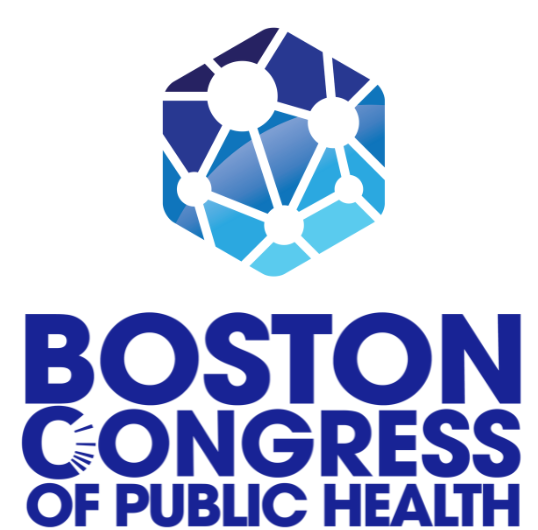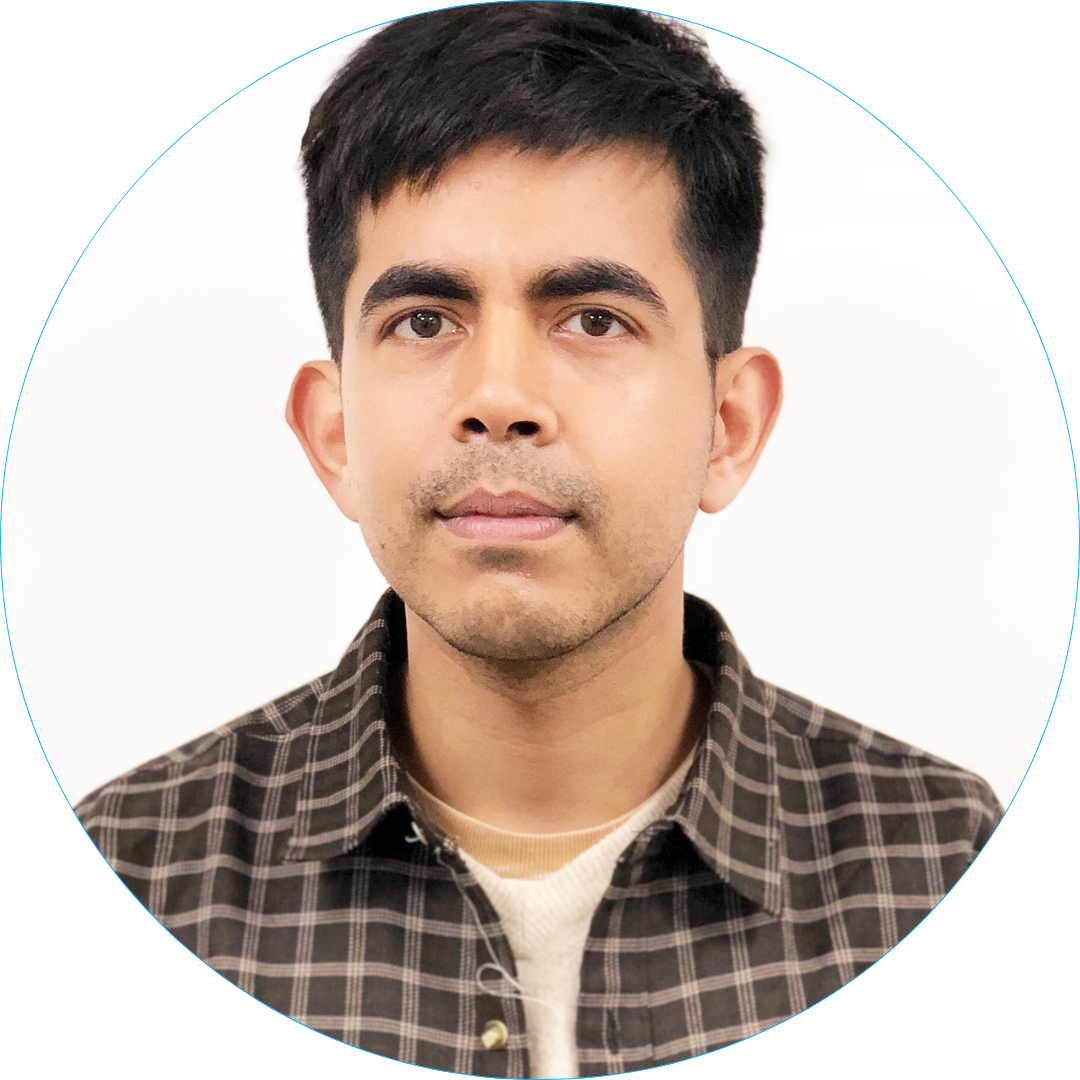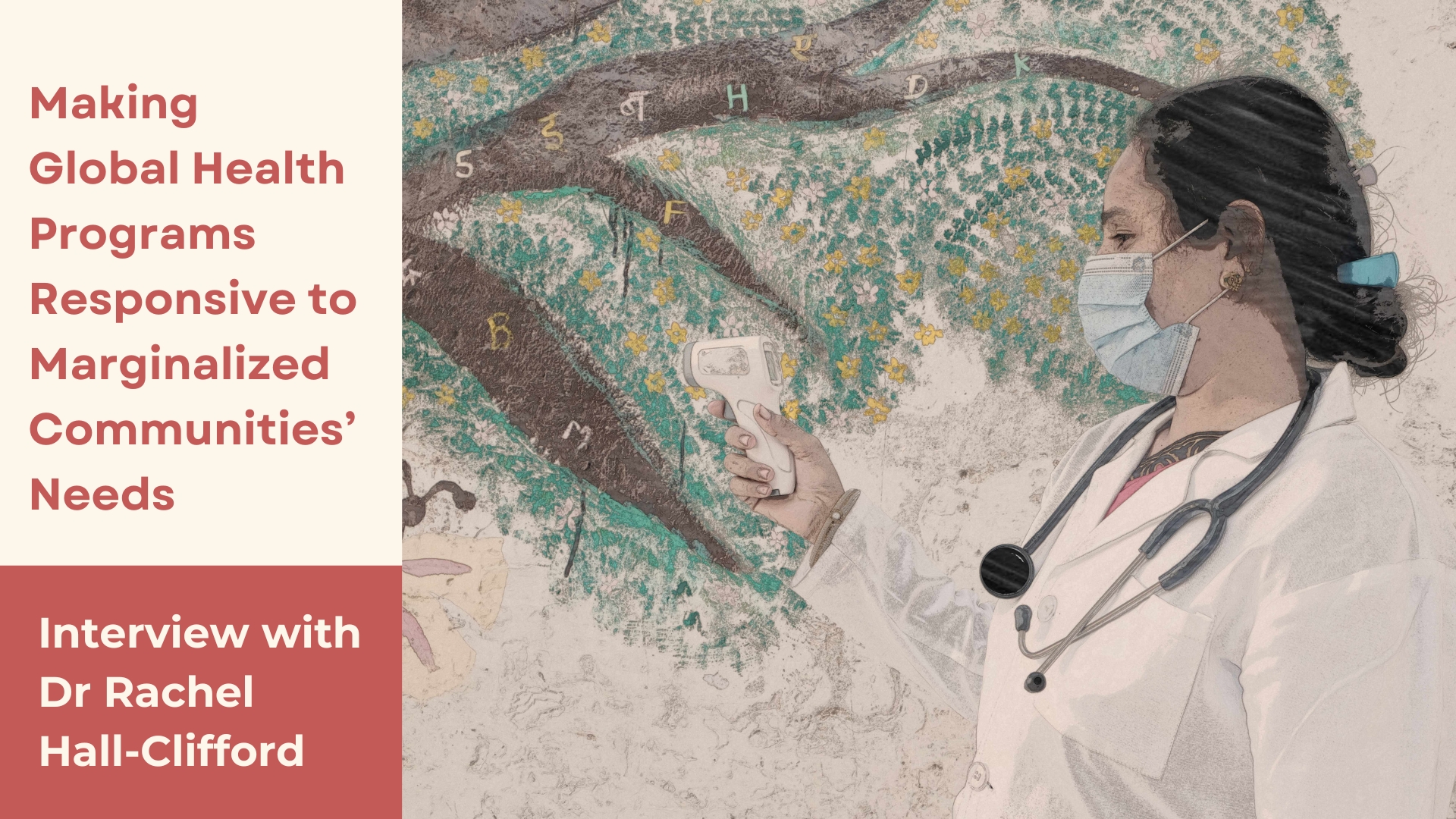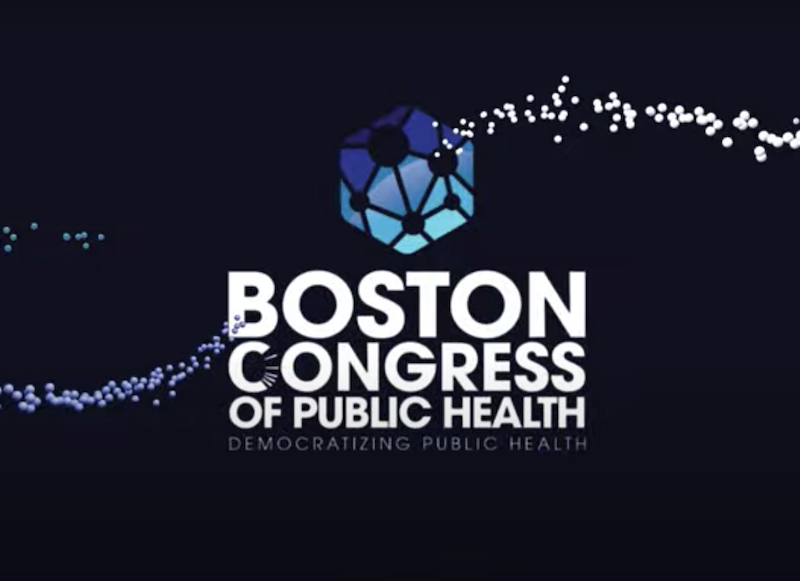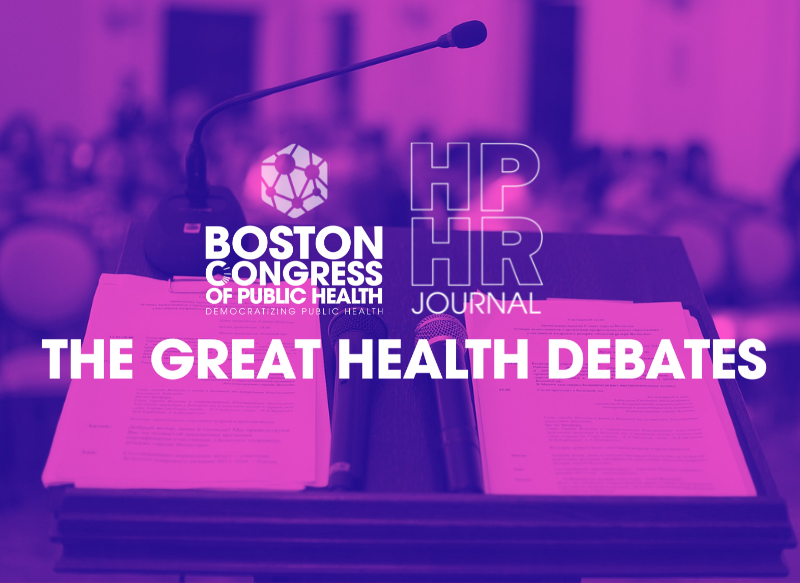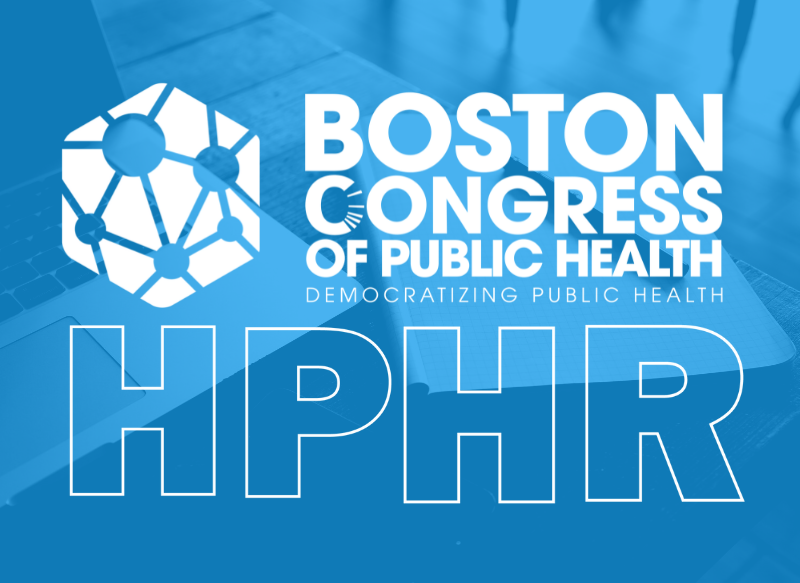This is a work-in-progress project in partnership with Universidad del Valle and EcoFiltro, a water filtration social enterprise, in Guatemala.
Philip Wilson, a colleague and friend at Ecofiltro, first thought of a point-of-use water-quality testing device that community workers can use to show the need for water purification. He said, “Rachel, I need to be able to just point my phone at a glass of water and see if it’s contaminated.”
I thought that’s a tall order. But we started surveying available technologies and looked for something that was easy to use and didn’t involve a complex training process or supply chain, like microscopy tools. Now, after a few years’ work, I think we are close to a solution.
We are still working on the hardware — essentially a microscope that clips onto a cell phone camera. We have a protocol for collecting water, fixing a sample onto a slide, putting the slide into the microscope, and taking the picture. And then, we use AI object detection to look for E. coli in the sample.
Unfortunately, E. coli is present in up to 98% of Guatemalan drinking water sources and largely accounts for diarrheal disease in the country.11 So, it is exciting to co-design this project with Guatemalan partners and see if we can improve the real-time water-contamination detection. This will help drive water purification in households and enable citizen science for water systems advocacy.
Through her co-design projects, Dr Hall-Clifford demonstrates how we can take steps towards making global health programs more equitable and responsive to the needs of marginalized communities. While scholars and public health professionals have voiced concerns about the current frameworks of foreign aid and international development programs, conversations around the issue need to result in concrete action. Those who work on such projects must be mindful of entrenched inequities and hierarchies and work towards involving communities, overcoming fragmentation through greater collaboration, and challenging existing power structures.
